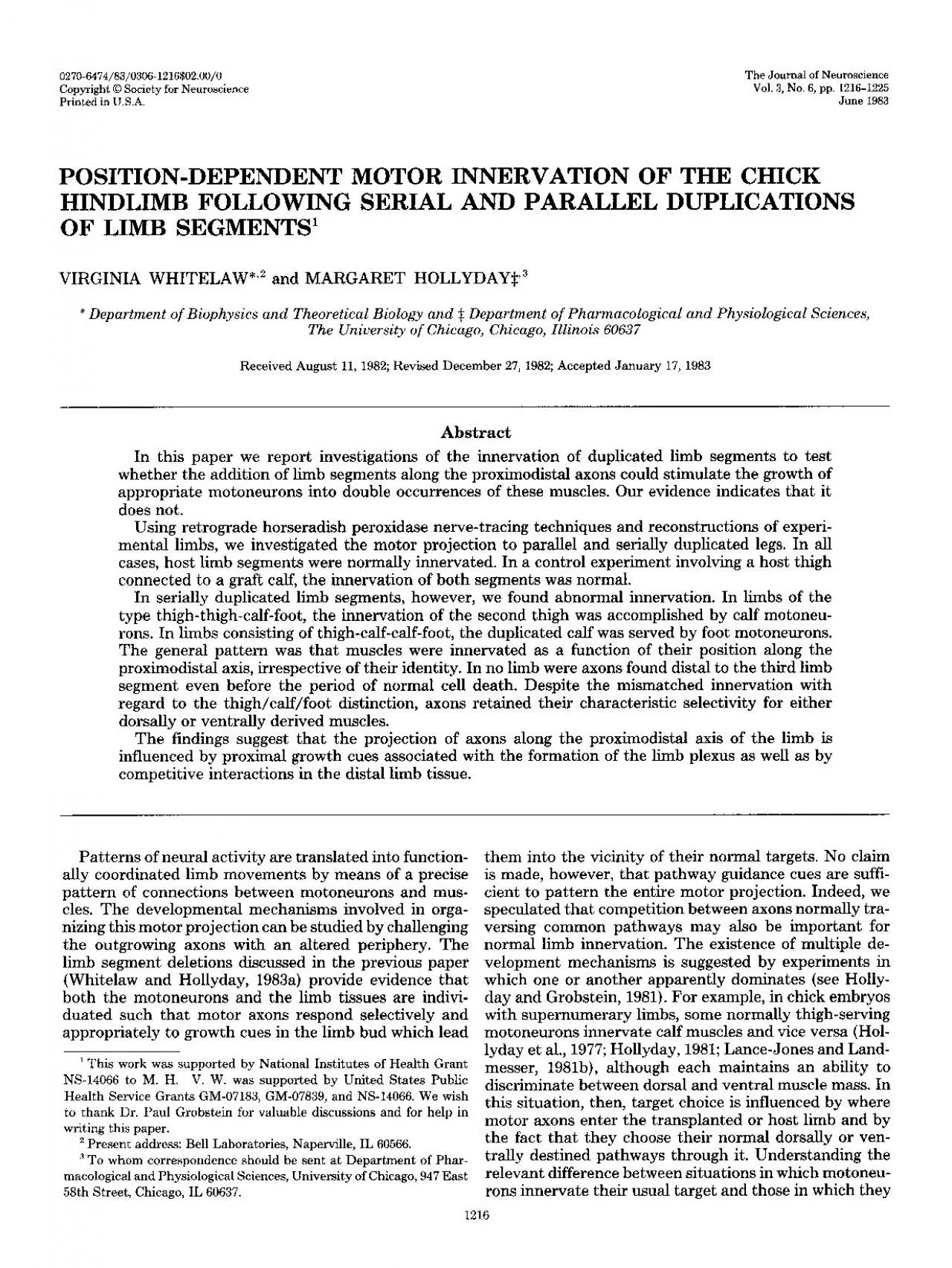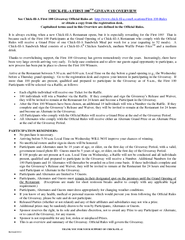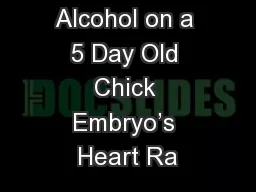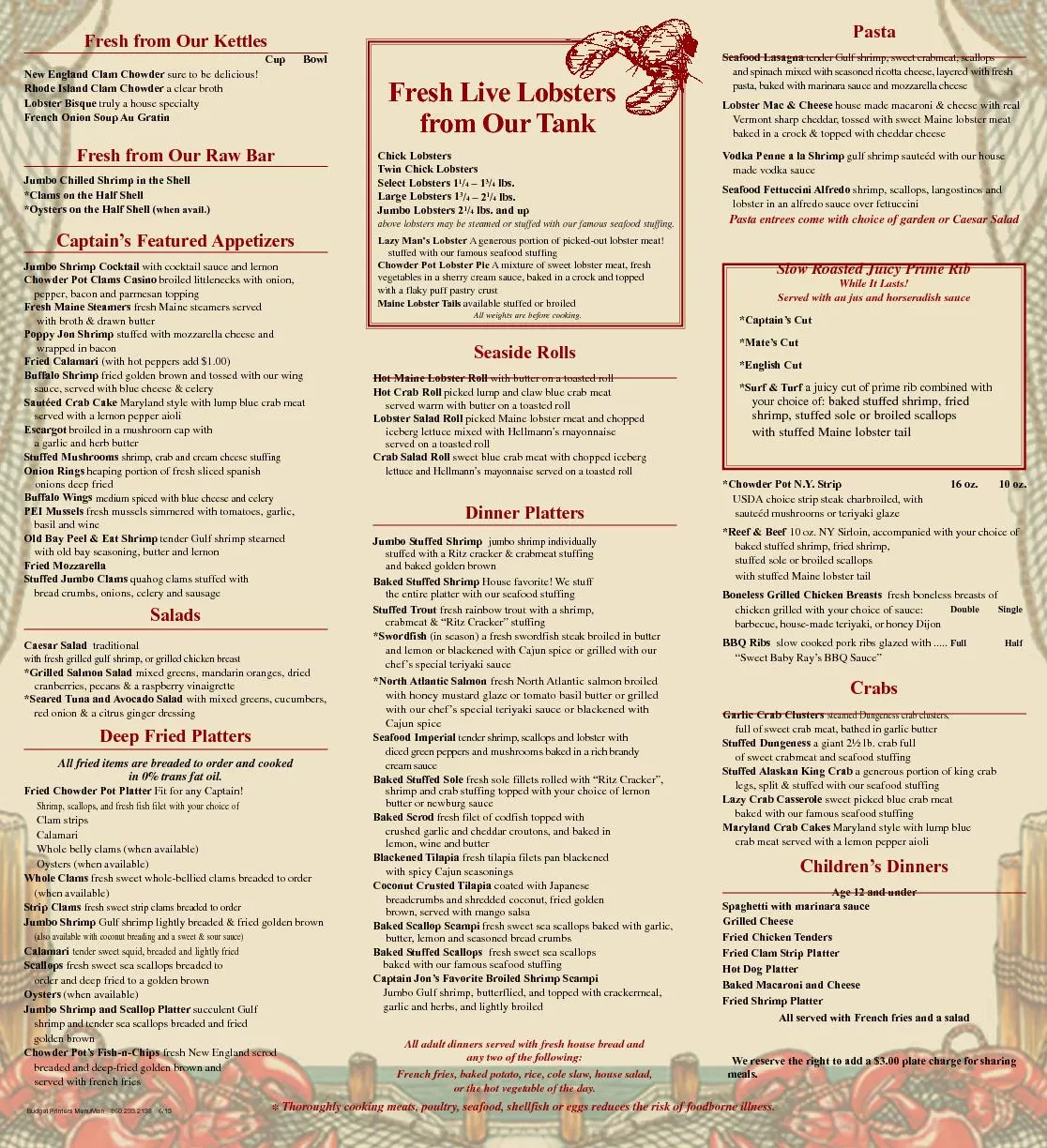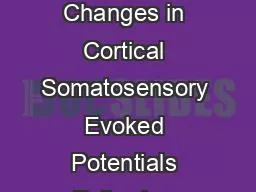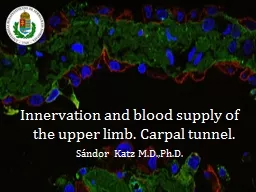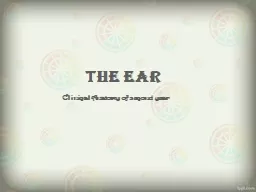PDF-POSITIONDEPENDENT MOTOR INNERVATION OF THE CHICK HINDLIMB FOLLOWING S
Author : genevieve | Published Date : 2022-10-29
VIRGINIA WHITELAWS2 and MARGARET HOLLYDAYS3 Department of Biophysics and Theoretical Biology and Department of Pharmacological and Physiological Sciences The University
Presentation Embed Code
Download Presentation
Download Presentation The PPT/PDF document "POSITIONDEPENDENT MOTOR INNERVATION OF T..." is the property of its rightful owner. Permission is granted to download and print the materials on this website for personal, non-commercial use only, and to display it on your personal computer provided you do not modify the materials and that you retain all copyright notices contained in the materials. By downloading content from our website, you accept the terms of this agreement.
POSITIONDEPENDENT MOTOR INNERVATION OF THE CHICK HINDLIMB FOLLOWING S: Transcript
Download Rules Of Document
"POSITIONDEPENDENT MOTOR INNERVATION OF THE CHICK HINDLIMB FOLLOWING S"The content belongs to its owner. You may download and print it for personal use, without modification, and keep all copyright notices. By downloading, you agree to these terms.
Related Documents

